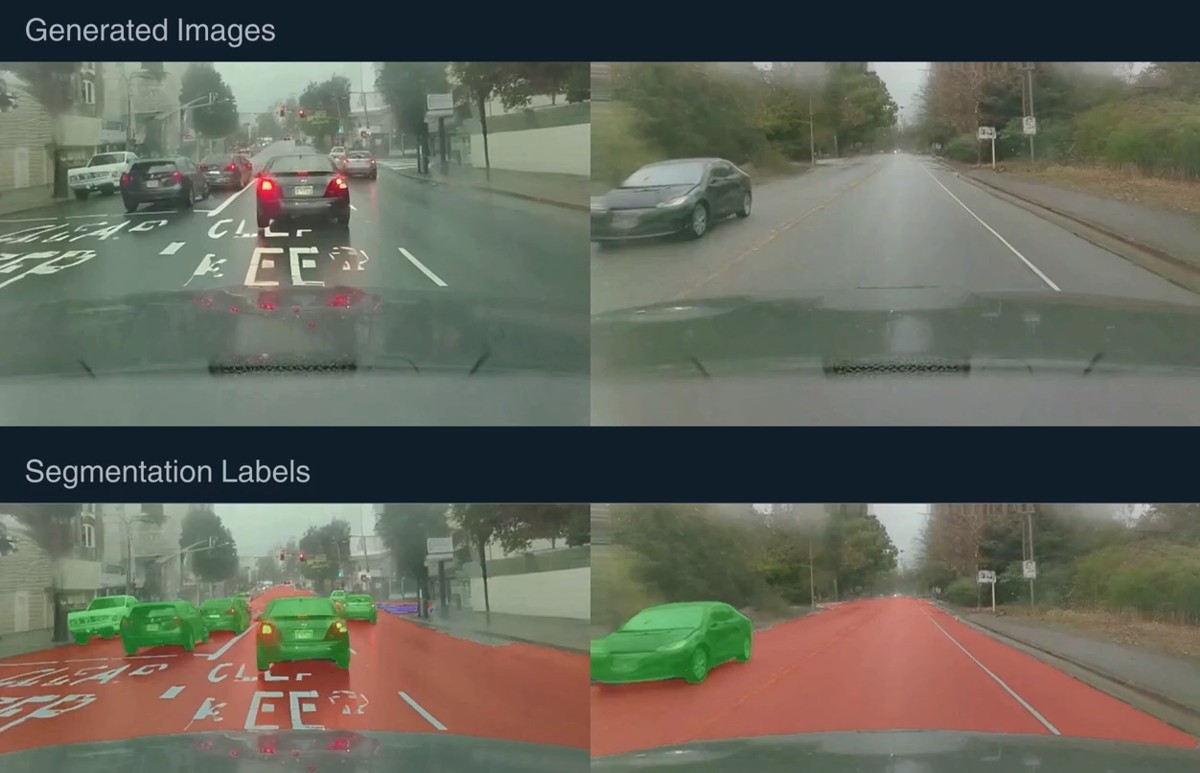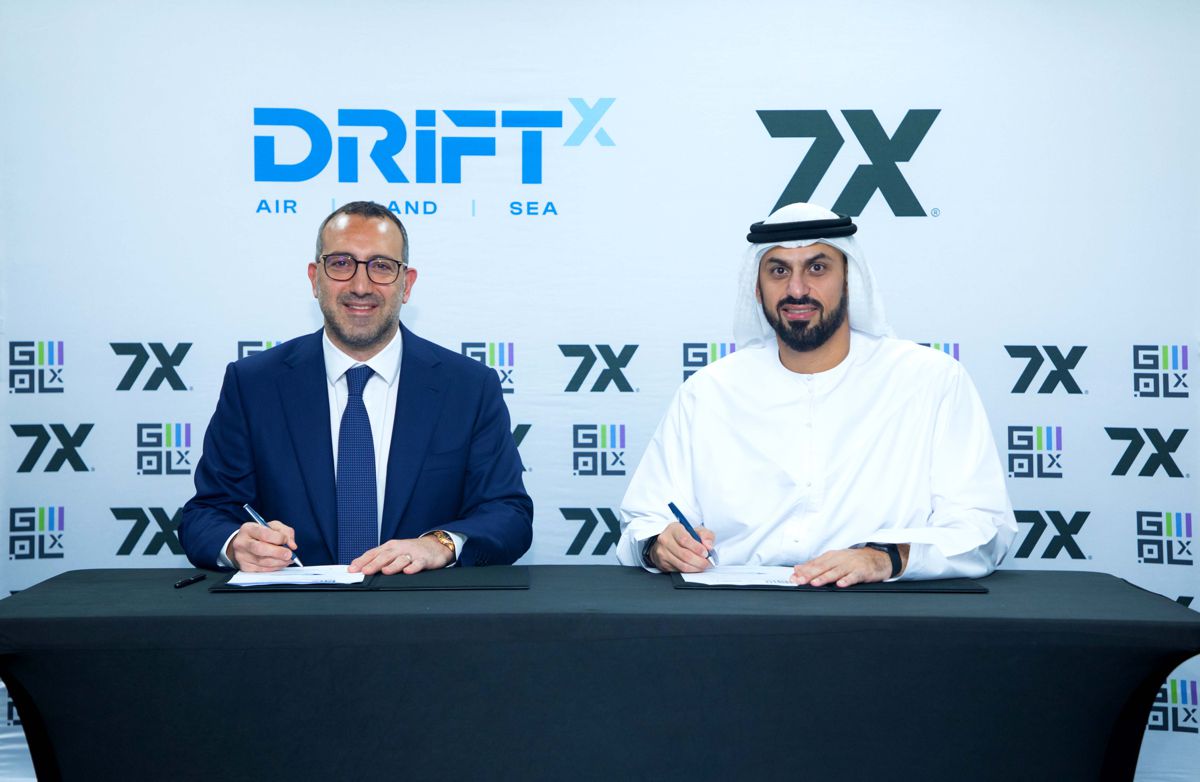The difference between Route Planning and Route Optimisation
With fuel costs and driver shortages it’s vital that fleet operations are as efficient as possible in order to ensure a sustainable and successful business.
Route planning and route optimisation are two different things, with planning being the process of creating a plan for visiting a set of locations, whereas optimisation is locating the most effective or cost effective way to complete the journey. Ensuring both are working together well will help to maximise the efficiency of your fleet operations.
Keep on reading to find out more about the difference between the two:
What is route planning?
Route planning is defined as the plan for the set of locations you are planning on visiting. It’s the first part of the planning process, and it often has the goal of minimising the distance between locations, as well as ensuring there are enough rest points for the drivers to comply with drivers’ hours rules.
Compliance with these regulations not only increases safety of drivers across the fleet but also reduces the number of accidents on the road.
You can plan your routes through route planning software. Some of the key steps for route planning includes:
- Set your goals: The first step in planning would be to define your objectives. A goal could be to minimise the time for a pickup and delivery, or reduce the amount of fuel stops across a fleet. Deciding on clear goals and objectives can help plan your routes.
- Gather Information: The next step would be to collect the necessary information about your pickups or deliveries, which includes starting points, as well as the destination.
- Path Mapping: This is where the picked locations are geographically placed out on a map to show the road network, and from there the route journey can be adjusted to remove any potential obstacles that impact the journey, before being analysed afterwards in the optimisation stage. This can be done using online navigation software like Google maps, or alternatively use specialised routing software.
- Costs Involved: From here, you can take a look at the journey and reflect to see if there are any costs based on distance and vehicle wear and tear.
What is route optimisation?
Route optimisation on the other hand builds upon route planning by employing advanced algorithms and mathematical models to refine and improve the planned routes further, and is often the final stage before setting out on a particular route. This is often for more complicated journeys, involving businesses that make deliveries or field day calls that involve over 20 fleet vehicles visiting different locations in a single journey.
The benefits of route optimisation can lead to financial, social and environmental gains.
Unlike route planning, which often generates feasible but suboptimal paths, route optimisation aims to identify the most efficient routes that minimises overall costs, reduces travel time, and maximises resource utilisation. It involves iterative refinement and adjustment of routes based on real-time data and dynamic factors.
The ultimate goal therefore is to have the shortest route possible, whilst dealing with issues fleets experience on the road.
Steps for route optimisation includes:
- Algorithmic Optimisation: Employing algorithms such as genetic algorithms, simulated annealing, or ant colony optimisation to iteratively refine routes based on predefined objectives and constraints.
- Real-Time Data Integration: Incorporating real-time data sources such as traffic updates, weather conditions, and vehicle telemetry to adapt routes dynamically and respond to changing circumstances.
- Dynamic Routing: Continuously Calculating routes based on evolving conditions, including new orders, cancellations, traffic incidents, or unexpected delays.
- Performance Evaluation: Assessing the effectiveness of optimised routes through key performance indicators (KPIs) such as delivery time, fuel efficiency, vehicle utilisation, and customer satisfaction.
Done effectively, and there will be a reduced likelihood that you will experience unwanted delays on your fleet’s journey, helping with lower fuel costs, emissions, vehicle wear and tear, congestion and increased profitability.
Conclusion
Overall, it’s clear that there is a difference between route planning and optimisation, but they work together in improving fleet efficiency to reduce miles driven and cut costs.















